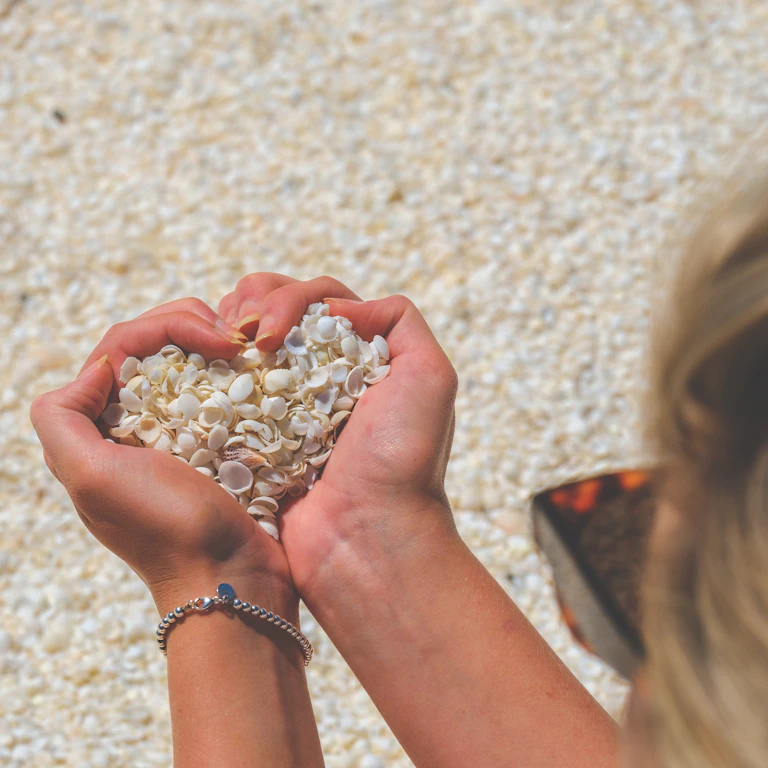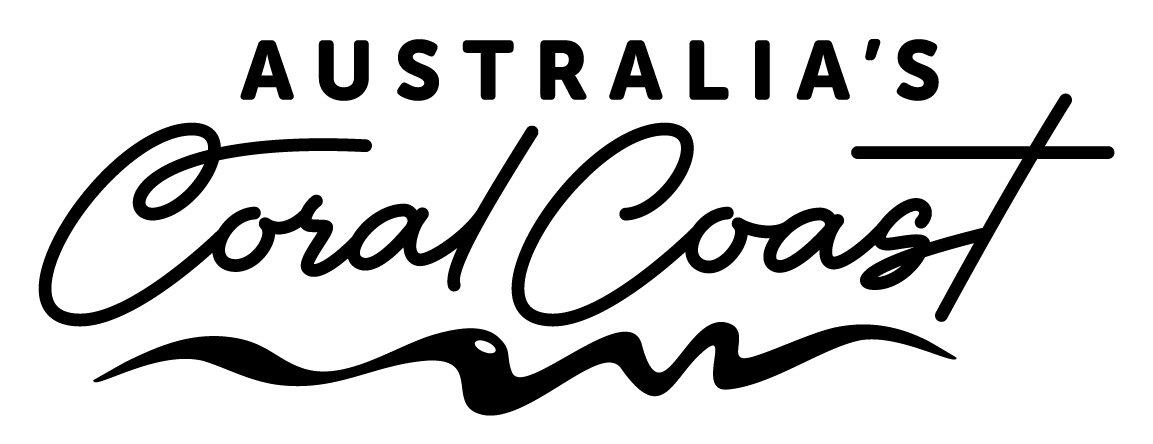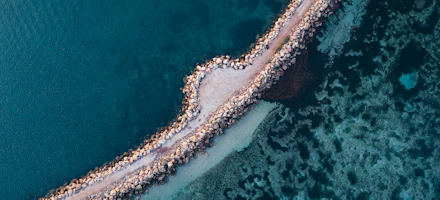
Shark Bay
A wonderland of world-class natural attractions, the Shark Bay World Heritage Area was the first location in Western Australia to receive UNESCO status in 1991.
Please note: The Hamelin Pool Stromatolites boardwalk is currently closed, however the stromatolites can still be seen from the Hamelin Pool quarry.
The area meets four of UNESCO's ten required natural criteria, and remains one of only a handful of places in the world to achieve this high criteria status level. The colourful and diverse landscapes, rare flora and fauna and world-class examples of Earth’s ecological processes all contribute to the region's World Heritage listing. The area contains plant species that are unique and considered new to science, five of Australia's 26 species of endangered Australian mammals, as well as 35% of all of Australia's bird species.
The 12 species of seagrass found in Shark Bay cover over 4,000 square kilometres (approximately the size of the Perth metropolitan area), and support a high diversity of fauna such as dolphins, fish, turtles and crustaceans. This seagrass is a vital food source for one of the most stable dugong populations in the world, with over 10,000 dugongs inhabiting the Shark Bay region.
Did you know: Shark Bay is Australia’s largest bay! It boasts over 1,000 kilometres of pristine beaches and calm, inviting waters.
Shark Bay is approximately 8 hours, 30 minutes' drive north of Perth (to Denham), or a two-hour flight with Regional Express Airlines.

Denham
The friendly coastal town of Denham was once a pearling port, and is today a popular tourist destination and base from which to explore the Shark Bay World Heritage Area.

Monkey Mia
Monkey Mia is famous for its friendly dolphins and a must-visit destination for families and nature lovers. Cruise through Monkey Mia Reserve in search of marine life, and set off to discover the wonders of the Shark Bay World Heritage Area.

Francois Peron National Park
Discover a place where red desert earth meets white sand beaches and turquoise waters, rich with Indigenous culture and pastoral history, and home to incredible flora and fauna.

Dirk Hartog Island
Dirk Hartog Island was the site of the first recorded European landing on Australian soil. Today, it's renowned as a nature-based destination brimming with adventure from 4WDing, off-the-grid camping and walking, to fishing, diving and history.

Shell Beach
Stretching over 70km long and up to 10 metres deep in places, Shell Beach is exactly what is sounds like - a beach made entirely of shells. Billions of tiny Shark Bay cockle shells form this unique show-white beach.

Hamelin Pool Stromatolites
Take a walk back in time - 3.5 billion years, in fact - at the Hamelin Pool Stromatolites. Stromatolites are the oldest and largest living fossils on earth, and Hamelin Pool is one of just two locations in the world where living marine stromatolites exist.

Steep Point
The westernpoint of mainland Australia is home to towering cliffs, and is known as one of the world's most successful land-based fishing locations.

































